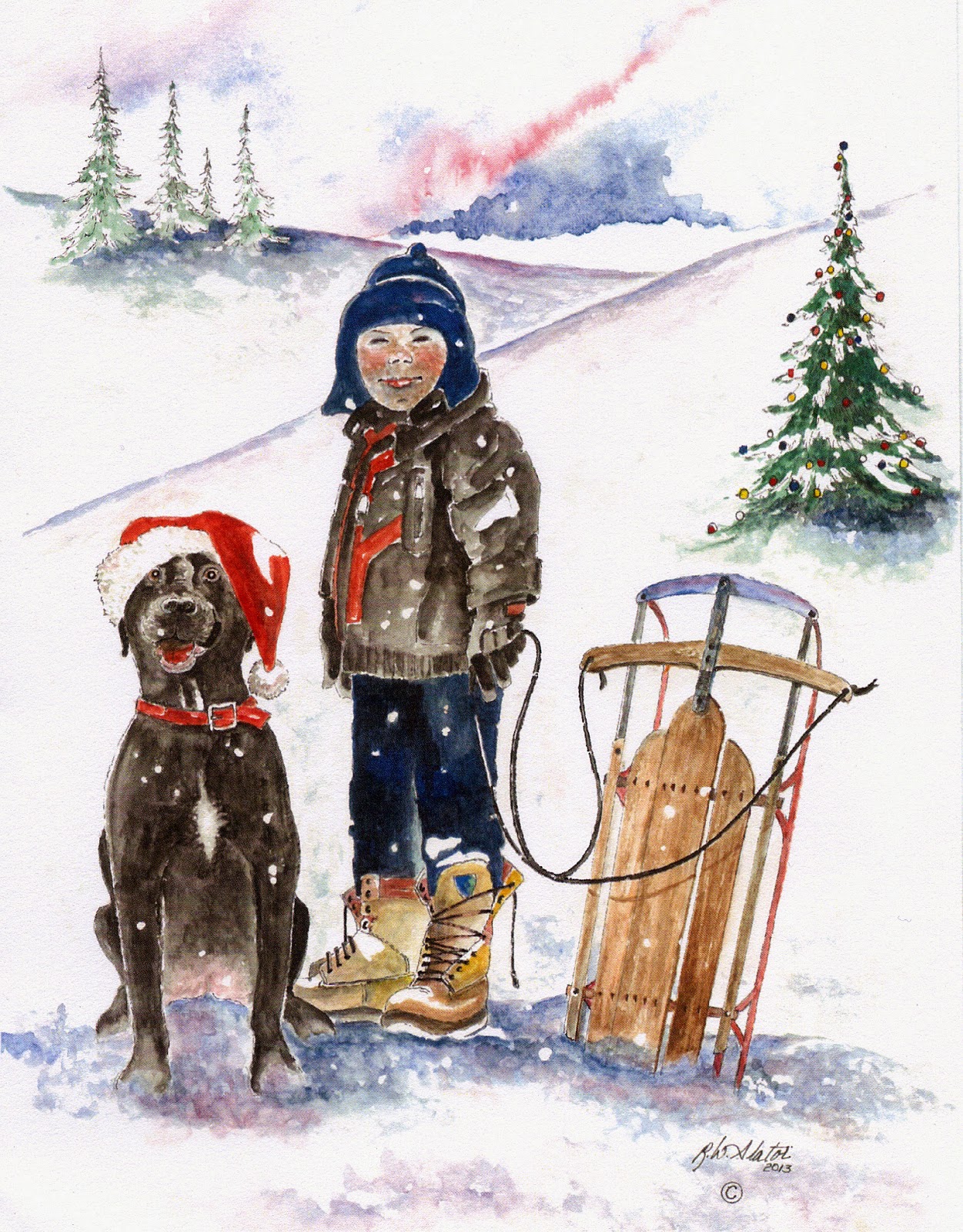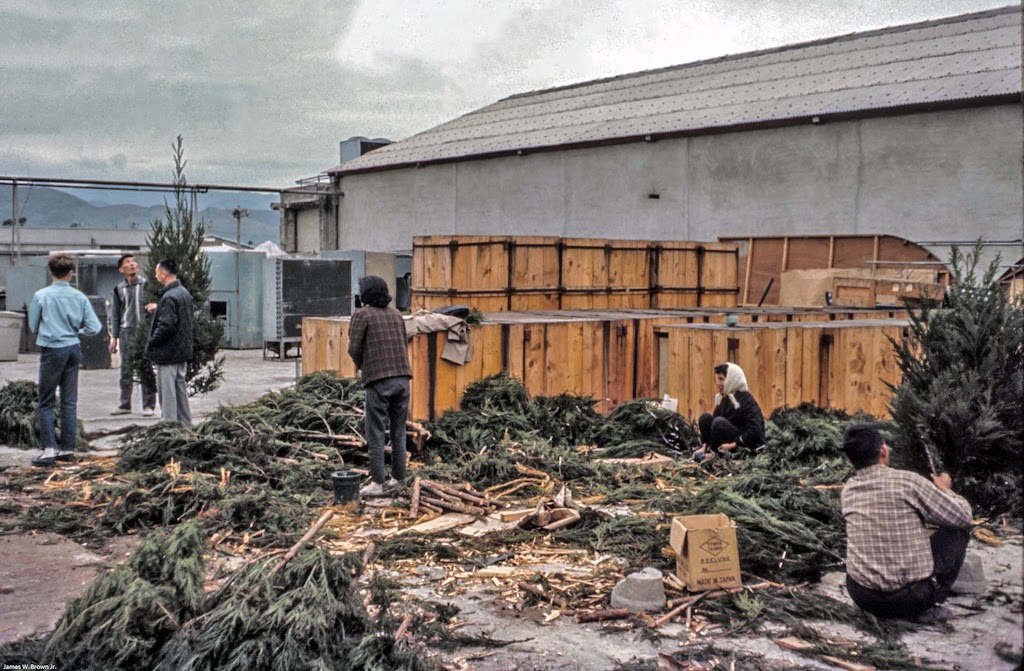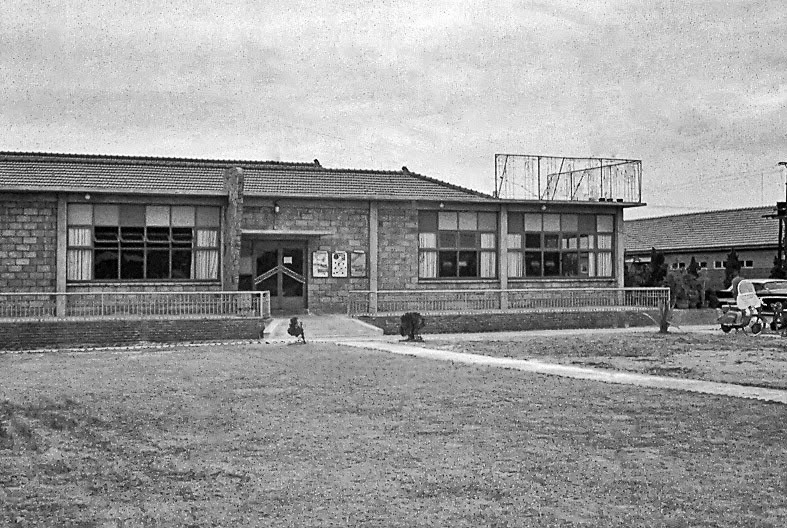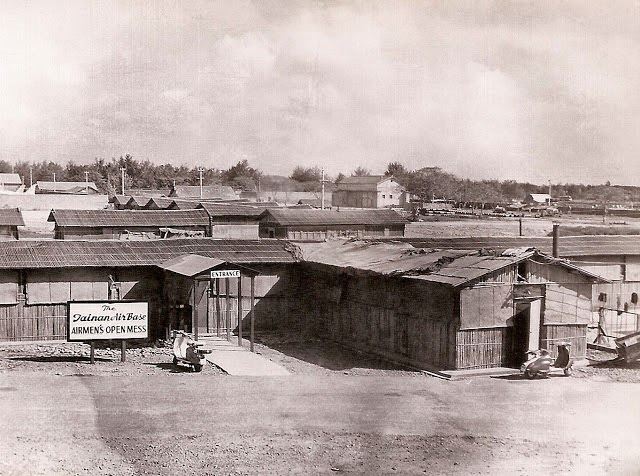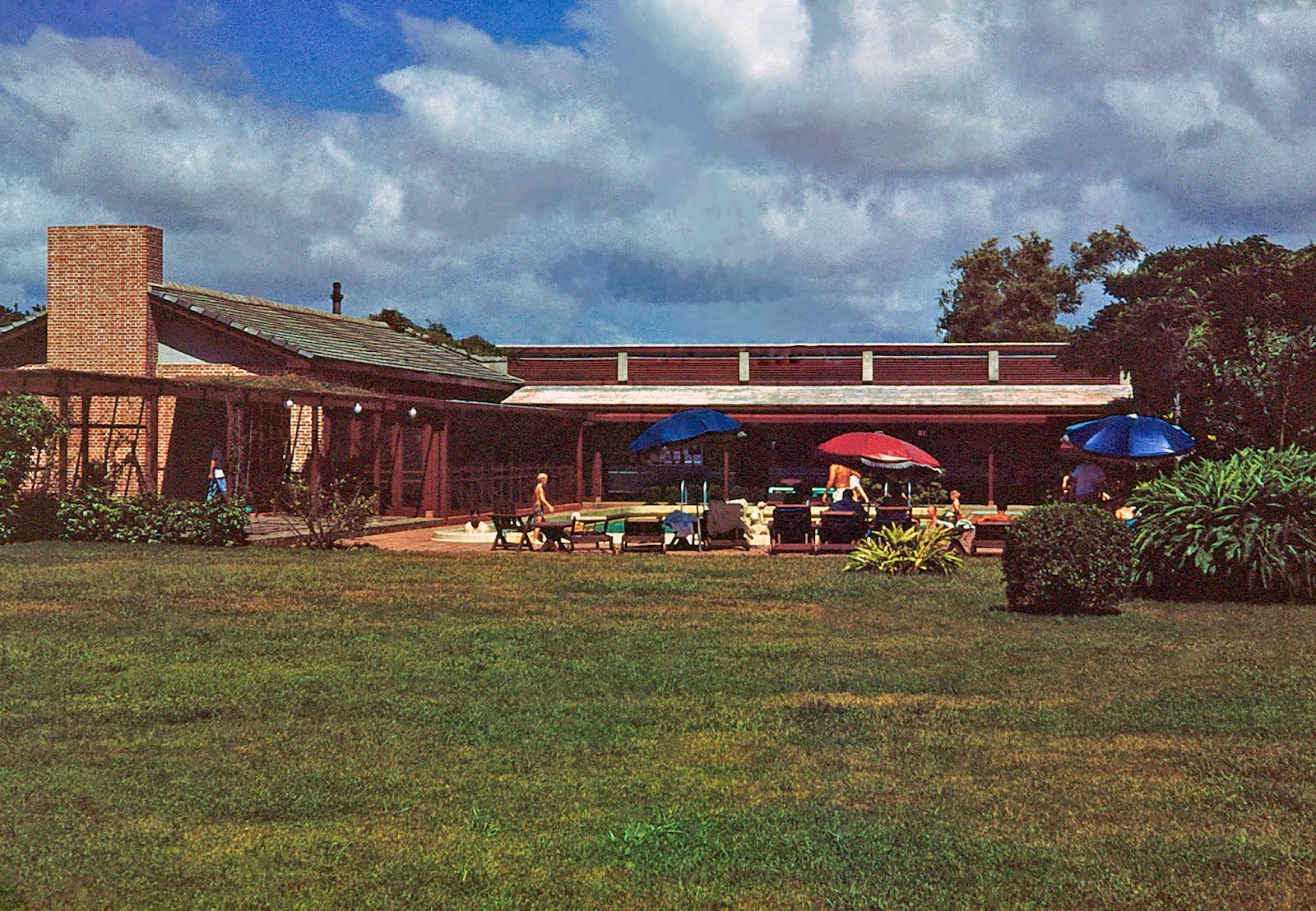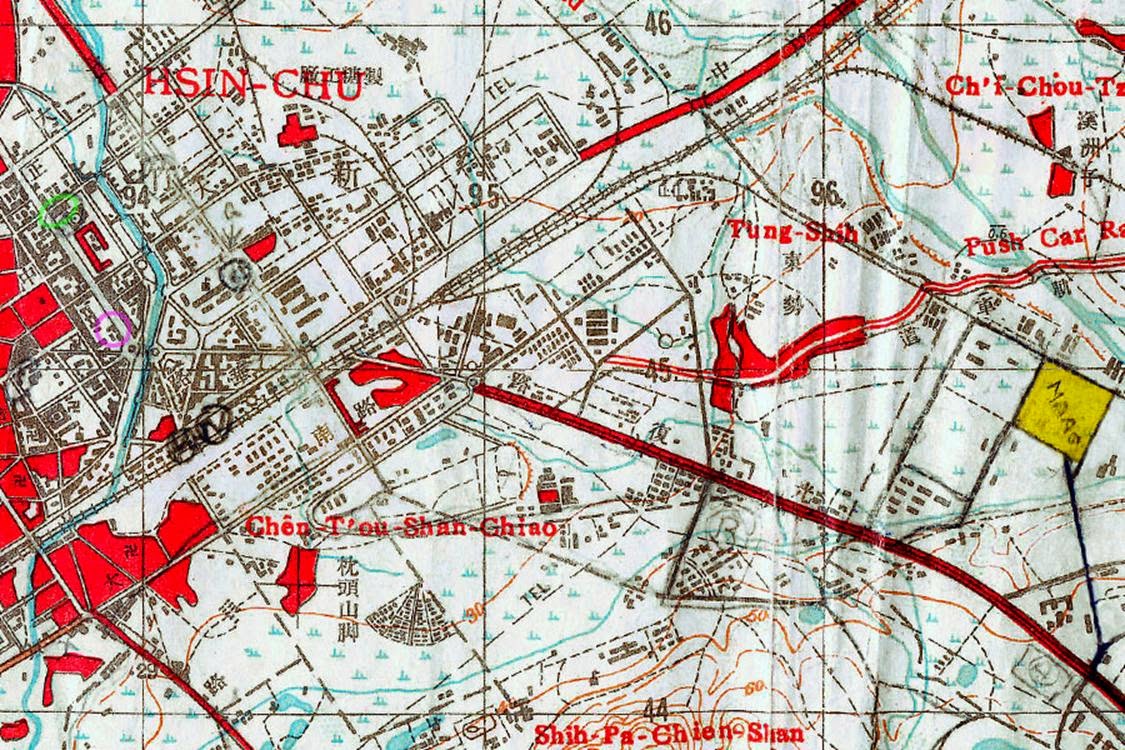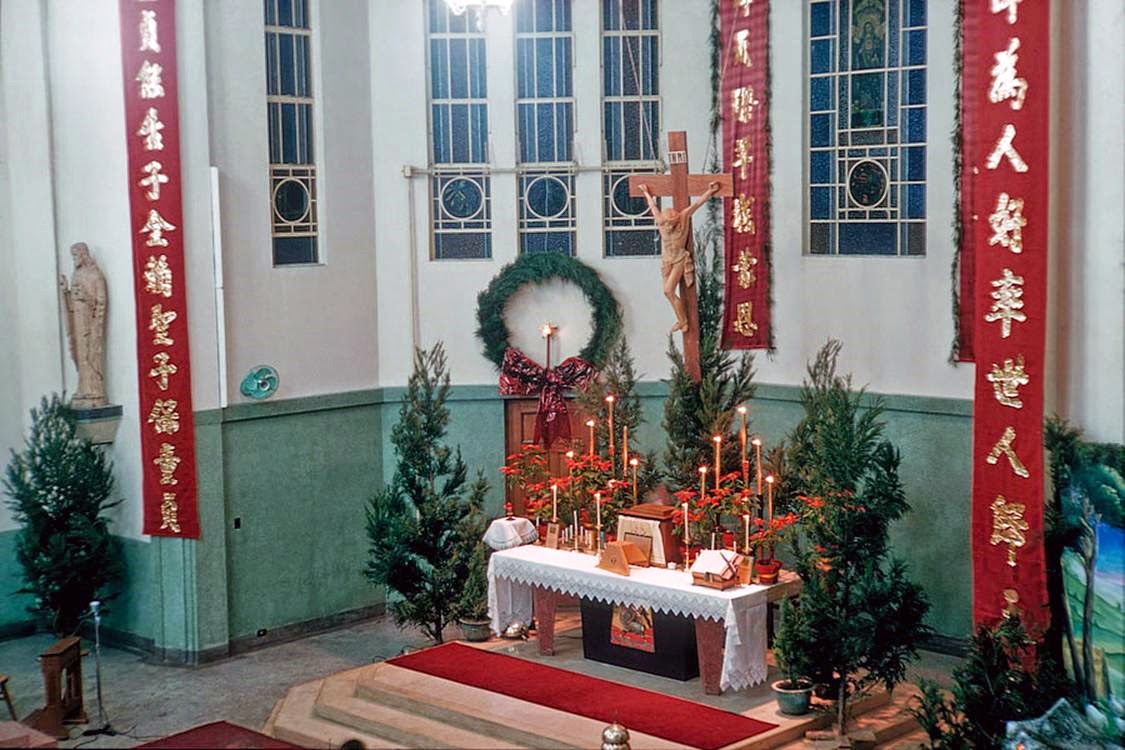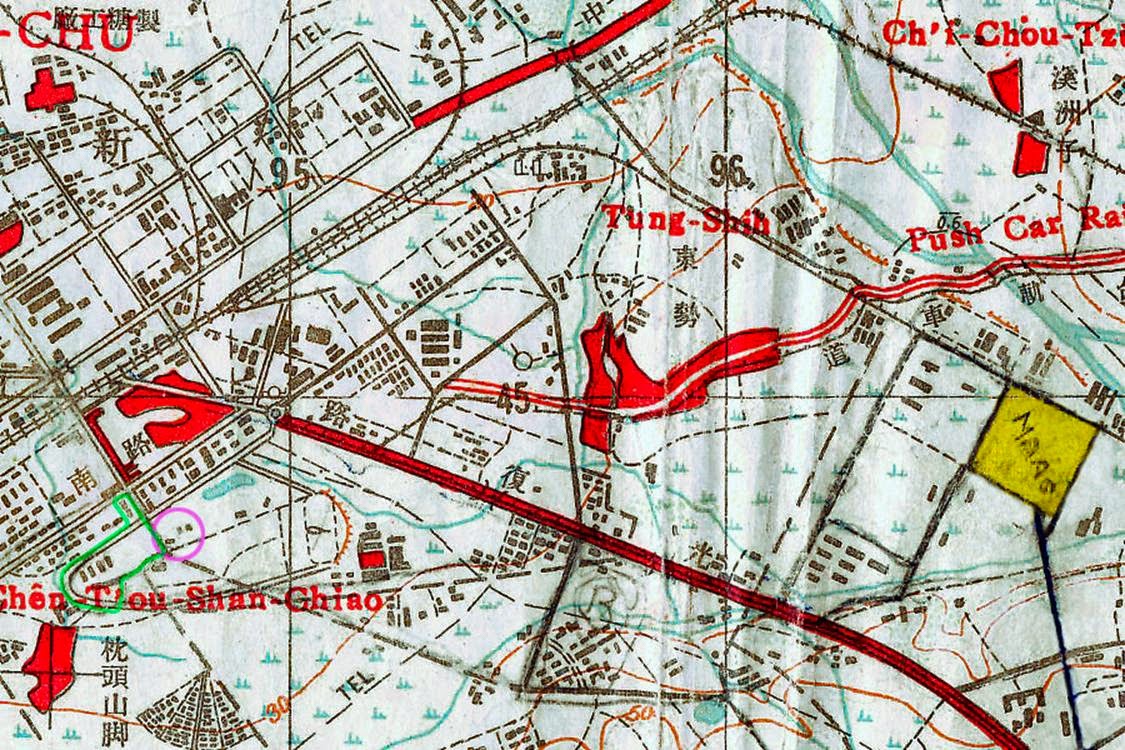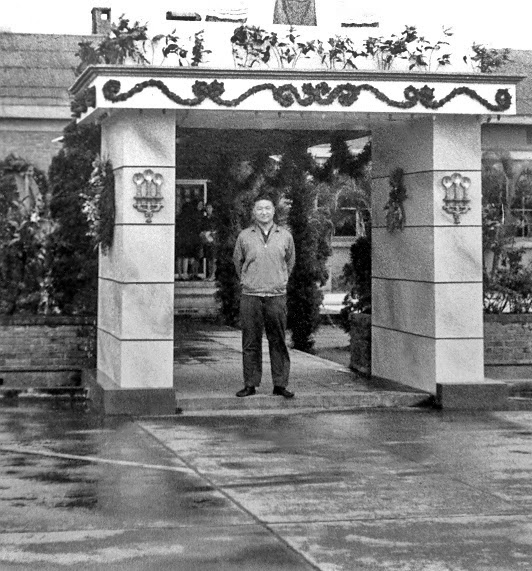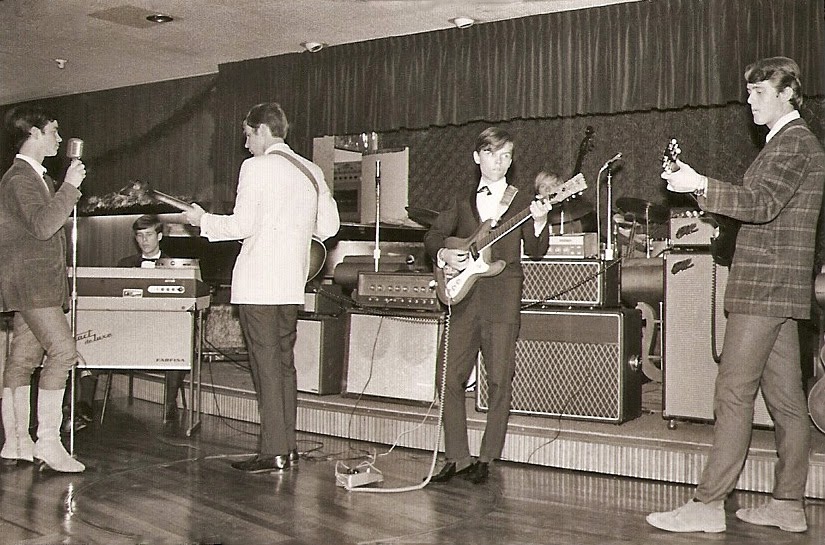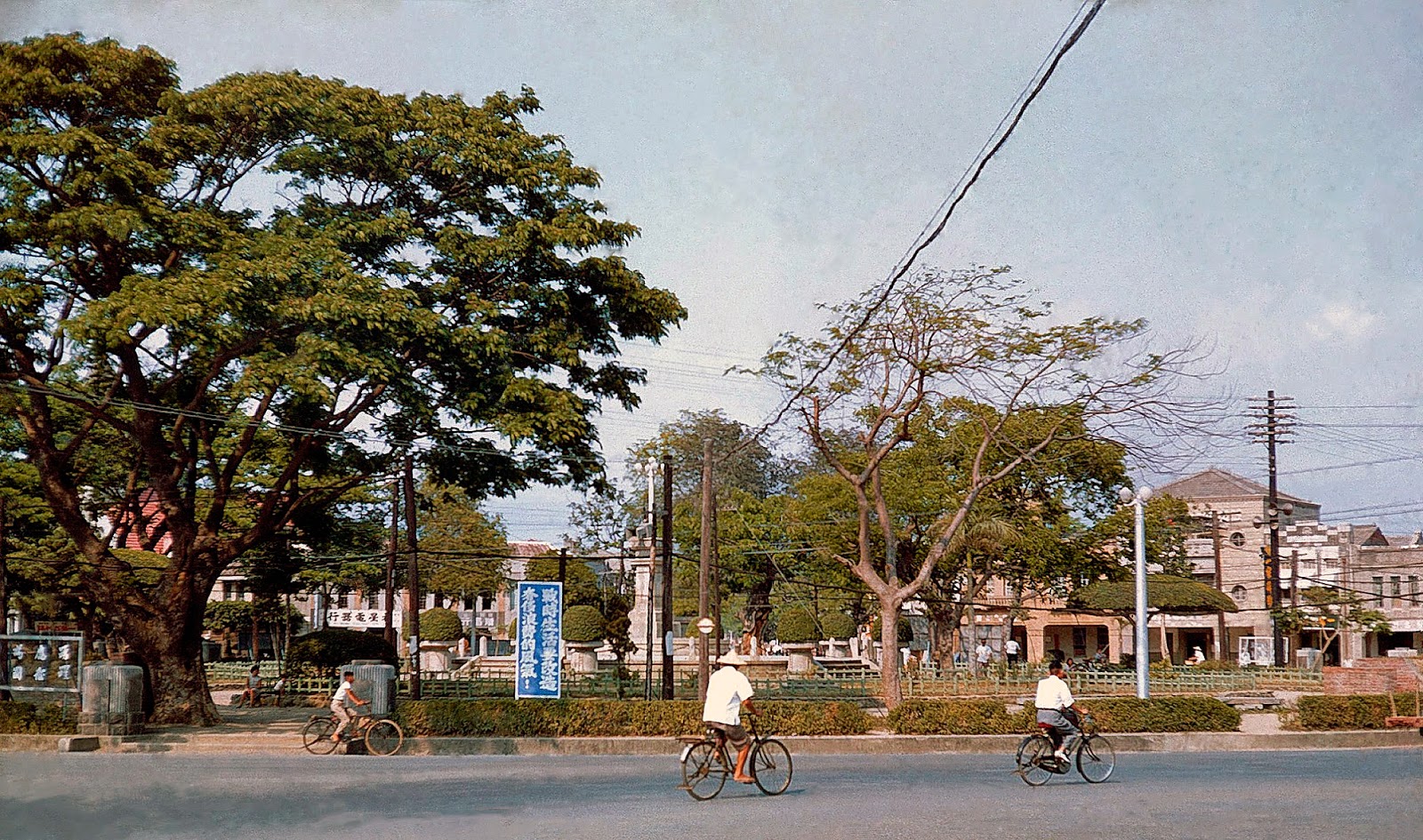 |
| More 1956 thoughts from Joe Brooks |
Let’s get a
chop made today. I think that everyone
should have one to take back to the “old country,” – don’t you?
The history of the chop itself is something of interest -- being in the nature of the ancient royal seals of Western countries -- the kings just couldn't sign their names.
In fact this failing was so widespread in ancient days in China that most of the generals, high court officials and administrators were chosen for their brains and brawn rather than for their education, it following that an educated man is not necessarily and intelligent one.
The system of chops now has become such a part of the official, legal and commercial part of Chinese business that personal signatures, while in some cases being considered legal, nearly always require the additional "notarization" of the individual's chop.
There are literally hundreds of places you can get a chop made in Taipei. Almost every residential district has one or two stationary or office shops where the seals may be fashioned from an interesting variety of materials, ranging from common wood chops which cost only four or five Taiwan dollars to artistic masterpieces carved from ivory, crystal or precious jade, and ranging up to several hundreds of Taiwan dollars in price.
First you will have one of your Chinese friends devise a Chinese name for you; many people will already have had this done. Then, having this Chinese name in the usual two to three character form written on a piece of paper, approach one of the shops, preferably with an interpreter to have your chop made.
Select your material well, for people will judge you by the type of chop you have, almost as closely as they do by whether your collar is clean or not.
Unless you can see many years of life in the Orient ahead, you can use ivory in one the economical grades, or perhaps a piece of good stone. One of the favorite tricks is to buy an old chop from a pawnshop and have the original name cut off and have your name- characters carved into the bare end. This is sometimes more economical than buying new stock, new ivory in Taipei being quite expensive and good stock being difficult to find. Beware of so-called "ivory" chops which are artificial ivory. Real ivory bears the tooth-grain in a well defined diamond-check pattern on the squared ends of the chop-stock.
Now you must choose your type or family of characters. Many people prefer the square-shaped classical figures, others prefer the more legible modern characters while the more literary individuals select the ancient grass-writing characters which are perhaps the best if the chop is to become a serious memento of your tour in China.
After the chop has been completed, you can obtain a plastic or wooden box which is designed to provide a place for the chop and the red-paste ink used to affix the signature. Most of these have a jointed slide cover which adds to the attractiveness of the work.
Having received your chop in hand you will immediately begin to experiment with it. Now here are some ideas that you will find the Chinese people have never thought of, and some which they have.
The ink paste is water fast, but must be left to dry well before washing. Use the chop as your personal laundry-mark. Clothes will never get lost in a Chinese laundry if you use it for this.
Use the chop to personalize your stationary and envelopes -- you can use it on any and all odds and ends of letter-paper. Mark your favorite books with the chop on the lead pages where you usually write your name. It serves as a perfect mark of identification that no-one can dispute. It works wonders on keeping magazines, pamphlets and newspapers from wandering away also.
Get a plain silk tie and dye your own hand-blocking design with the chop -- you can guarantee that on-one else in the world will have a tie exactly like it. Ladies, you can do the same thing for bandannas, scarves and gloves. You'd be surprised what can be done in just a few minutes in preparing your own blocking design.
If you really get the fever, have the chop design enlarged and used to personalize your whiskey, highball, cocktail and beer glasses. Stateside shops will etch or sandblast the design in minutes for a very small fee.
Of all the souvenirs that you will bring back to your home, a chop will be one of the most authentic, personal and highly treasured that you will have. For the few dollars it will cost, you will extract many times the value in pleasure of ownership.
Let me know how you like your chop.
This story and other articles found in this Blog came from his book,
There are literally hundreds of places you can get a chop made in Taipei. Almost every residential district has one or two stationary or office shops where the seals may be fashioned from an interesting variety of materials, ranging from common wood chops which cost only four or five Taiwan dollars to artistic masterpieces carved from ivory, crystal or precious jade, and ranging up to several hundreds of Taiwan dollars in price.
First you will have one of your Chinese friends devise a Chinese name for you; many people will already have had this done. Then, having this Chinese name in the usual two to three character form written on a piece of paper, approach one of the shops, preferably with an interpreter to have your chop made.
Select your material well, for people will judge you by the type of chop you have, almost as closely as they do by whether your collar is clean or not.
Unless you can see many years of life in the Orient ahead, you can use ivory in one the economical grades, or perhaps a piece of good stone. One of the favorite tricks is to buy an old chop from a pawnshop and have the original name cut off and have your name- characters carved into the bare end. This is sometimes more economical than buying new stock, new ivory in Taipei being quite expensive and good stock being difficult to find. Beware of so-called "ivory" chops which are artificial ivory. Real ivory bears the tooth-grain in a well defined diamond-check pattern on the squared ends of the chop-stock.
Now you must choose your type or family of characters. Many people prefer the square-shaped classical figures, others prefer the more legible modern characters while the more literary individuals select the ancient grass-writing characters which are perhaps the best if the chop is to become a serious memento of your tour in China.
After the chop has been completed, you can obtain a plastic or wooden box which is designed to provide a place for the chop and the red-paste ink used to affix the signature. Most of these have a jointed slide cover which adds to the attractiveness of the work.
Having received your chop in hand you will immediately begin to experiment with it. Now here are some ideas that you will find the Chinese people have never thought of, and some which they have.
The ink paste is water fast, but must be left to dry well before washing. Use the chop as your personal laundry-mark. Clothes will never get lost in a Chinese laundry if you use it for this.
Use the chop to personalize your stationary and envelopes -- you can use it on any and all odds and ends of letter-paper. Mark your favorite books with the chop on the lead pages where you usually write your name. It serves as a perfect mark of identification that no-one can dispute. It works wonders on keeping magazines, pamphlets and newspapers from wandering away also.
Get a plain silk tie and dye your own hand-blocking design with the chop -- you can guarantee that on-one else in the world will have a tie exactly like it. Ladies, you can do the same thing for bandannas, scarves and gloves. You'd be surprised what can be done in just a few minutes in preparing your own blocking design.
If you really get the fever, have the chop design enlarged and used to personalize your whiskey, highball, cocktail and beer glasses. Stateside shops will etch or sandblast the design in minutes for a very small fee.
Of all the souvenirs that you will bring back to your home, a chop will be one of the most authentic, personal and highly treasured that you will have. For the few dollars it will cost, you will extract many times the value in pleasure of ownership.
Let me know how you like your chop.
Reprinted with permission.
COPYRIGHT 1956 BY JOE BROOKS
******************************************************************************************************************
******************************************************************************************************************
Joe Brooks wrote a column for the China Post newspaper in the mid 1950s.
This story and other articles found in this Blog came from his book,
"From A Yankee Notebook in Taiwan"




